
Are Christians the Minim?
B"H
Disclaimer
Based on my last teaching, I stated that Gentile Christians were minim. That statement was partly true, but not the full picture.
To understand it properly, we must look at the historical and halachic origins of the term.
In the earliest rabbinic period, the Birkat HaMinim — the blessing against the heretics — was composed not against Christians, but against the Sadducees and Boethusians who rejected Torah she-be‘al peh.
Early Jewish followers of Yeshua, who still kept both the Written Torah and Oral Torah, so they were not considered minim.
Only later, when Christianity became dominated by Gentiles who denied Israel’s eternal covenant and rejected both Written and Oral Torah, did they begin to fit the category of minim. This hardening of boundaries took place especially after Constantine made Christianity the state religion of Rome, and persecution against Jews began.
The purpose of this lecture is to clarify that history:
To define who the minim truly were in the Talmudic and medieval sense.
To trace how Christianity evolved — from early Jewish sects, to Gentile religion, to Catholic and Orthodox empires, to Protestant movements.
To explain when and why Jews began to apply the label minim to Christians, particularly after centuries of persecution.
To emphasize that Christianity also spread Torah values — justice, charity, kindness, and the hope of redemption — across the world, and that this goodness must not be forgotten.
To conclude with a vision of how Christians today, by affirming Israel’s eternal covenant and respecting Torah, may stand in good faith before Hashem even without conversion (Even though in our opinion it makes better sense to convert).
This is not simply a historical study — it is a clarification, a correction, and an invitation to understand how halacha, history, and faith intertwine.
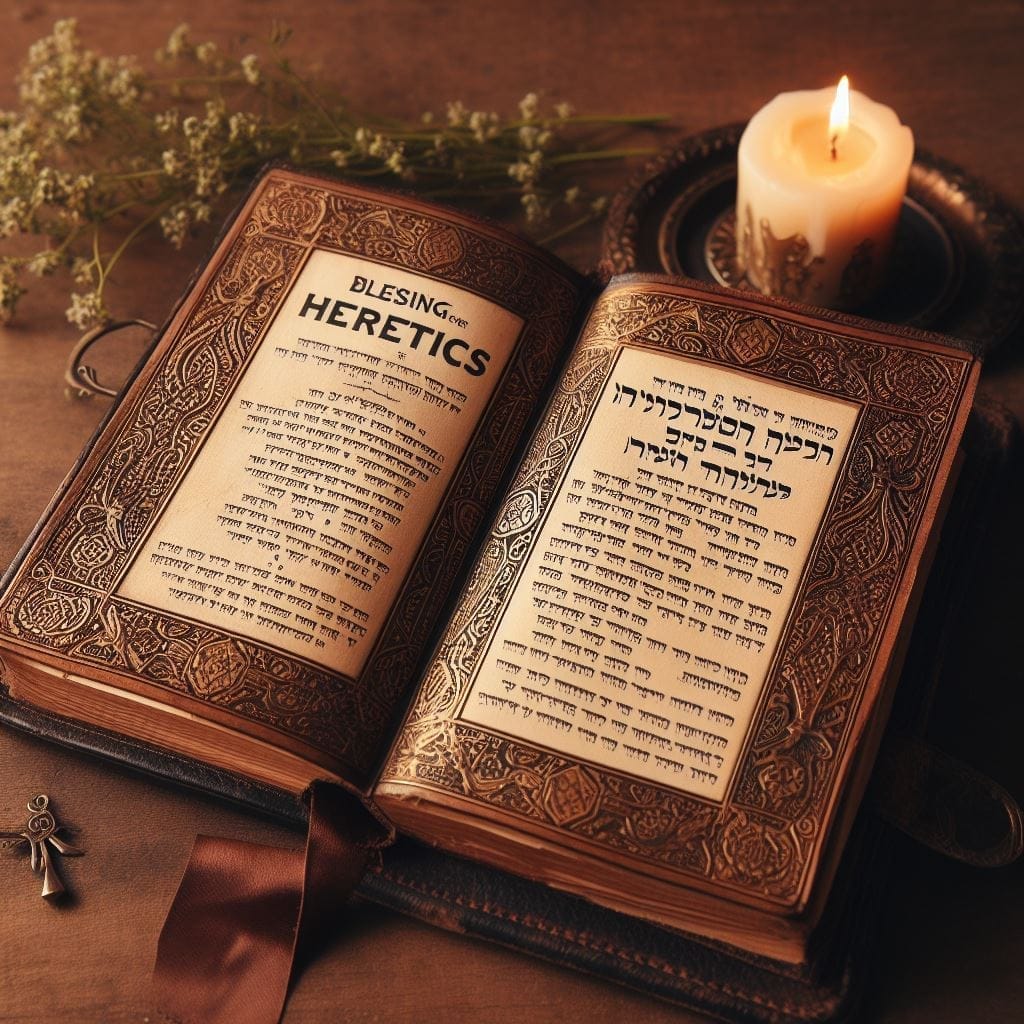
Introduction: The Question of Identity and Covenant
Throughout Jewish history, the word minim has carried heavy weight. It appears in rabbinic literature as a label for heretics, sectarians, and those who broke away from the covenant of Israel. But to apply the term correctly requires careful distinction. Not every group that disagreed with the rabbis was considered minim. And not every form of Christianity in history can be painted with the same brush.
In modern times, the question resurfaces with new urgency. Some argue that Christians are always minim; others say the category is too harsh or outdated. Meanwhile, Messianic Jews — Jews who believe in Yeshua while observing Torah and halacha — ask where they stand in relation to Israel and to Christianity.
This essay seeks to clarify the issue. We will examine how minim was understood in the Talmud, how Christianity evolved from a sect to a separate religion, how persecution hardened Jewish attitudes, and how Catholic and Orthodox churches in the last century have begun to repent. Finally, we will ask: under what conditions might Christians, even without conversion, be in good standing before Hashem?
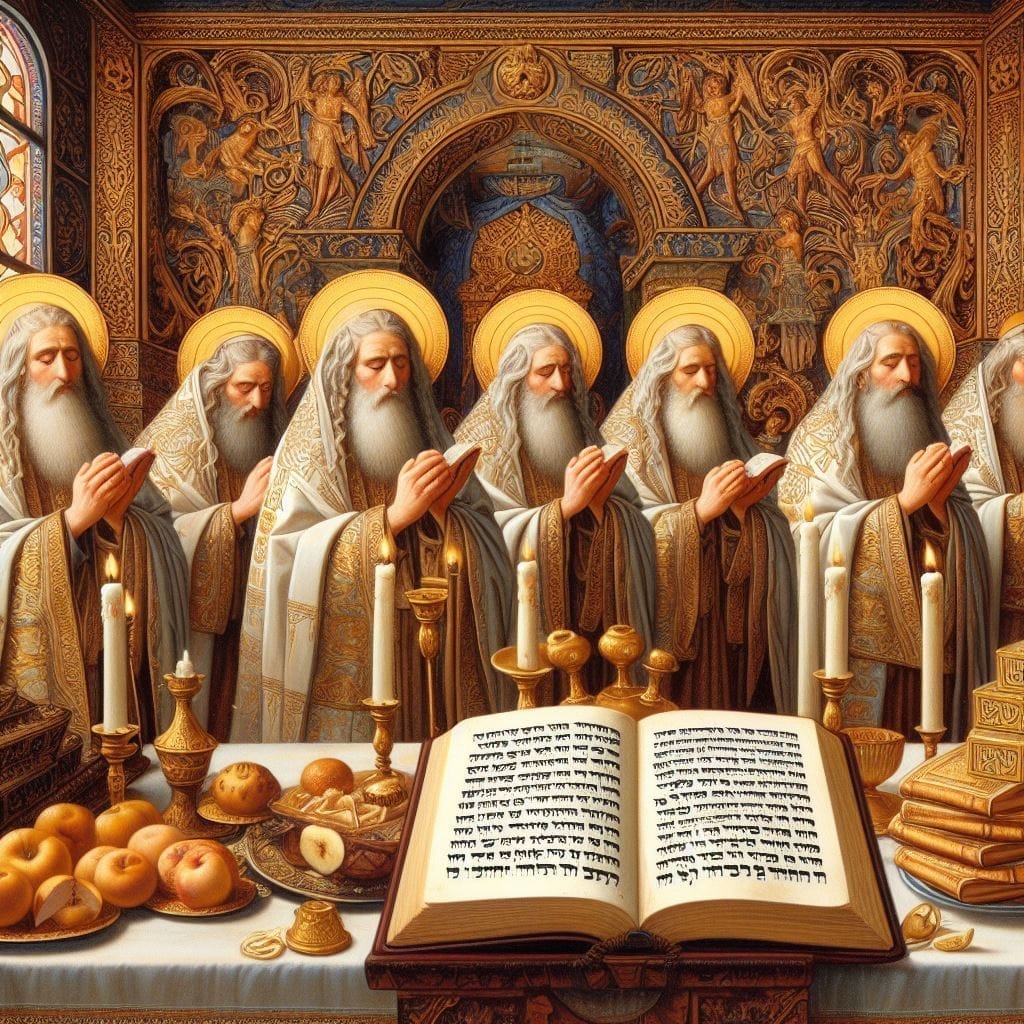
Part I: The Original Meaning of Minim
Sadducees and Boethusians
The Birkat HaMinim, the “blessing” against the heretics, was inserted into the Amidah prayer in Yavneh at the end of the first century CE. But its target was not “Christians” as we know them today. Rather, it was aimed at the Sadducees and Boethusians (Baitusim), aristocratic sects that rejected the Oral Torah.
The Mishnah and Gemara repeatedly record clashes with these groups:
They denied the authority of Torah she-be‘al peh.
They altered halachic practice (e.g. timing of Shavuot).
They undermined rabbinic authority.
The prayer was necessary to protect the community against internal subversion, not to attack outsiders.
Early Jewish Followers of Yeshua
What about early Jewish followers of Yeshua? Groups like the Nazarenes and Ebionites? These Jews kept Torah — circumcision, Shabbat, kashrut, and participation in Jewish communal life. They saw Yeshua as Messiah, but they did not reject the covenant of Sinai.
For that reason, the Mishnah does not label them minim. Only in later baraitot and Gemara do we see hints of polemic against their writings (the aven gilyon, a pun on “Evangelion”). But even there, the sharper critiques focus on Gentile Christians, not Torah-keeping Jews.
Thus, historically and halachically, early Jewish-Christians were not minim. They were a unique subgroup of Israel, misled in belief but still inside covenantal life.
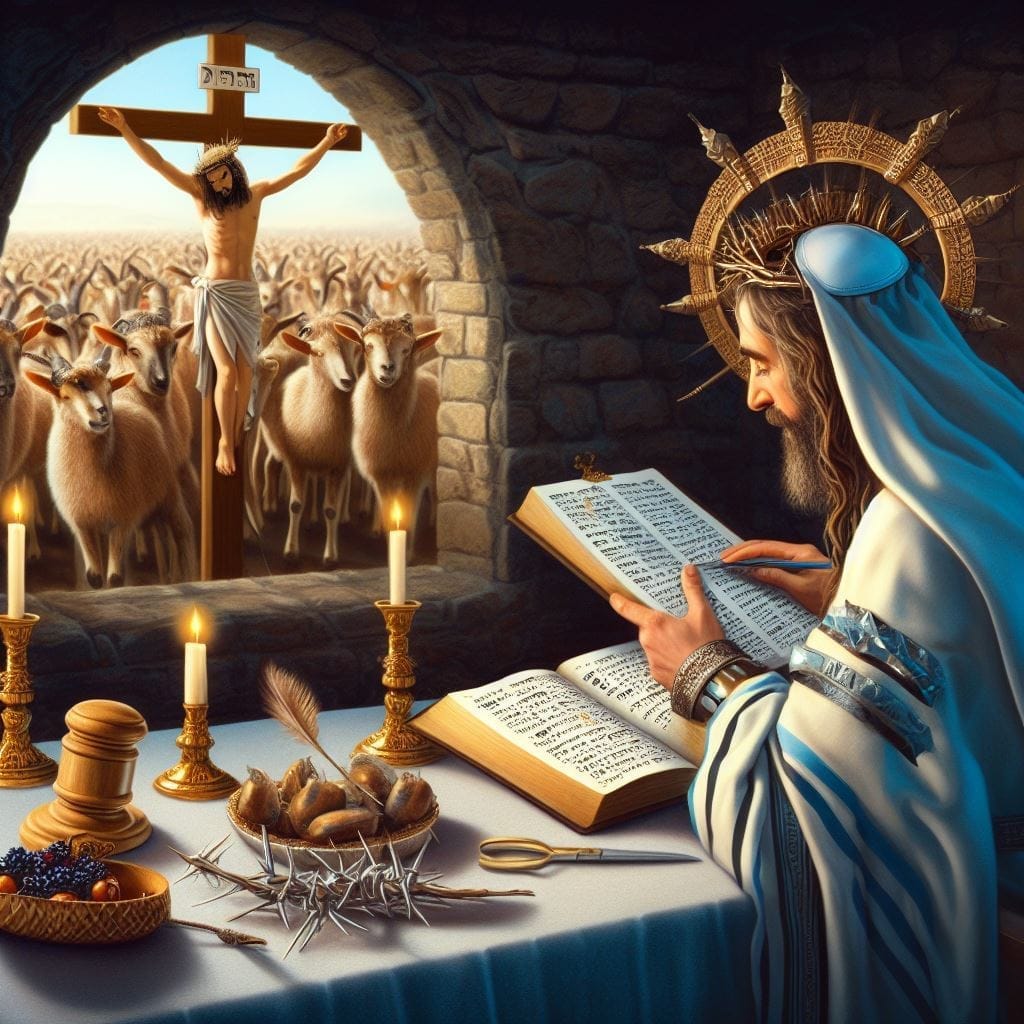
Part II: The Rise of Gentile Christianity
Justin Martyr and the Arrogance of Supersessionism
In the second century, Christian thinkers like Justin Martyr articulated the theology that would define Gentile Christianity: supersessionism, the claim that the Church had replaced Israel as God’s chosen people.
In his Dialogue with Trypho, Justin told Trypho that the covenant of Torah was no longer valid, that circumcision and Shabbat were unnecessary, and that Christians were the “true Israel.” Though couched in philosophical debate, the tone was arrogant: it erased Jewish legitimacy.
This was the first major step where Gentile Christianity moved from being “estranged brothers” to a separate religion denying Israel’s covenant.
Constantine and Imperial Christianity
The real turning point came in the 4th century. With Constantine’s conversion (312 CE) and the Council of Nicaea (325 CE), Christianity became the religion of the Roman Empire.
The Church outlawed Jewish practices for Christians.
It declared Easter separate from Passover.
It legislated against Jews, banning synagogue construction and intermarriage.
At this point, Jews began to experience persecution explicitly in the name of Christianity.
From this time onward, halachic authorities increasingly treated Christianity not only as avodah zarah (idolatry, because of the Trinity), but also as minut: heresy that denied Torah and sought to displace Israel.
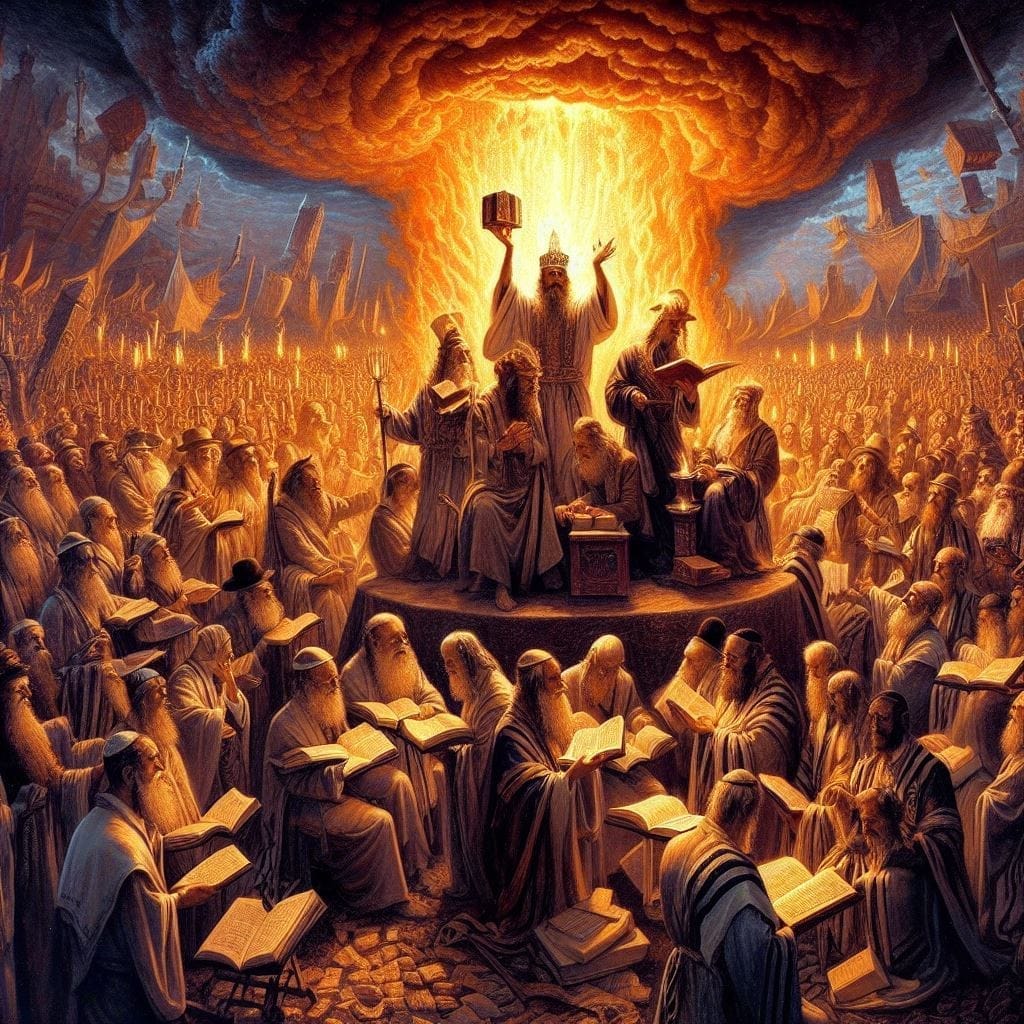
Part III: The Dark Ages and the Crusades
From the 6th century through the Middle Ages, Catholic and Orthodox Christianity turned into persecuting powers.
Jews were forced to convert or wear badges.
Synagogues were burned.
Entire communities were massacred in the Crusades (1096–1291).
The Inquisition sought to root out Jewish identity even from converts.
By then, halachic literature hardened its stance. Christians were clearly minim: not only theologically mistaken, but historically murderous.
The Tosafists, the Sefer Nitzachon, and later polemicists sharpened critiques of Christianity as a whole.
For centuries, Jews prayed the Birkat HaMinim with Christians in mind.
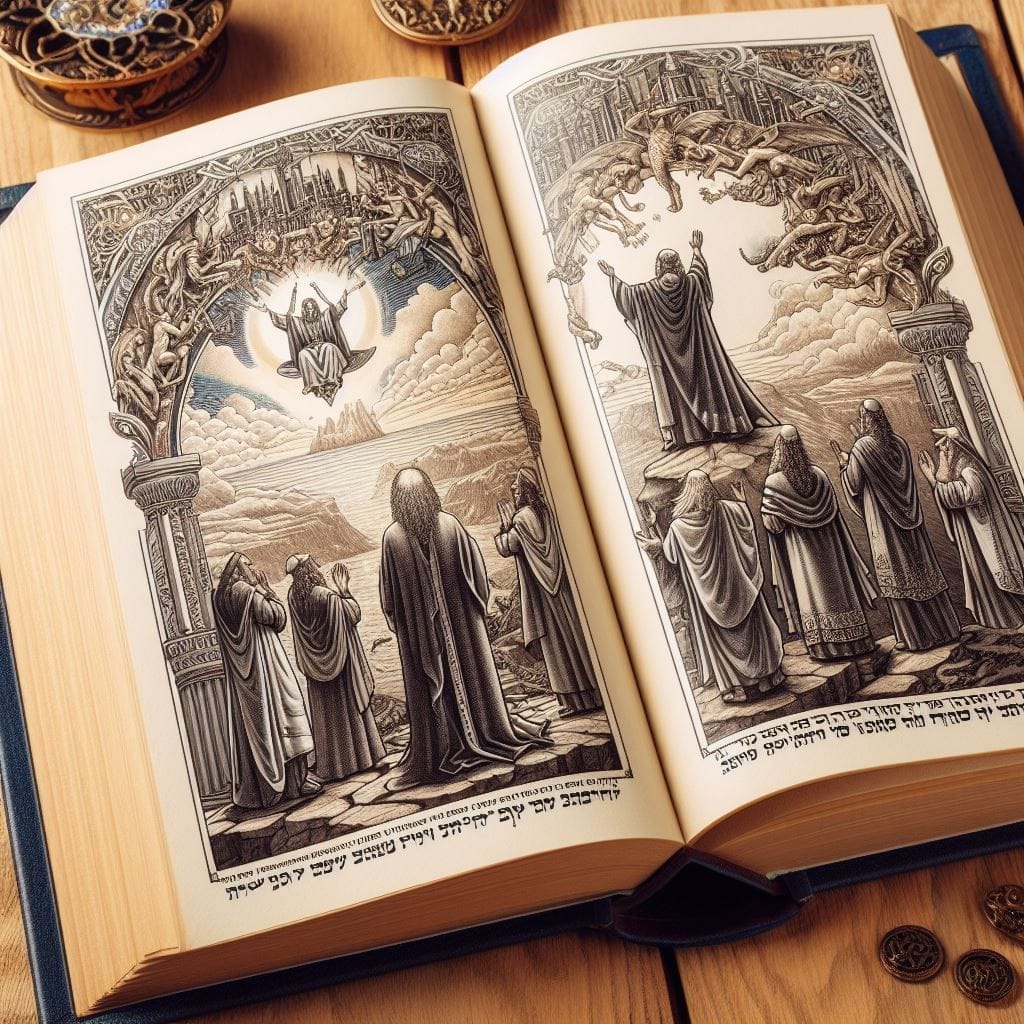
Part IV: Protestantism
At First, A Separate Religion
When the Protestant Reformation broke out in the 16th century, Jews at first saw Protestants as another branch of Gentile Christianity, separate from Judaism. Like Catholicism and Orthodoxy, they were not considered sectarians within Judaism, but an outside religion.
Hostility and Antisemitism
But over time, Protestantism too became hostile. Martin Luther, in his early years, wrote kindly about Jews. But in his later writings, he urged burning synagogues and persecuting Jews. His words laid the groundwork for centuries of Protestant antisemitism, especially in Germany.
The Holocaust
Nazi Germany, deeply rooted in Protestant culture, brought antisemitism to its horrific climax. The Holocaust, supported or tolerated by many Protestant institutions, marked the moment when Jews as a whole began to classify Protestants as minim. They had denied Torah, rejected Israel’s covenant, and then sought to destroy Israel physically.
From then on, the prayers against the minim could be understood as directed not only at Catholics and Orthodox, but at Protestants as well.
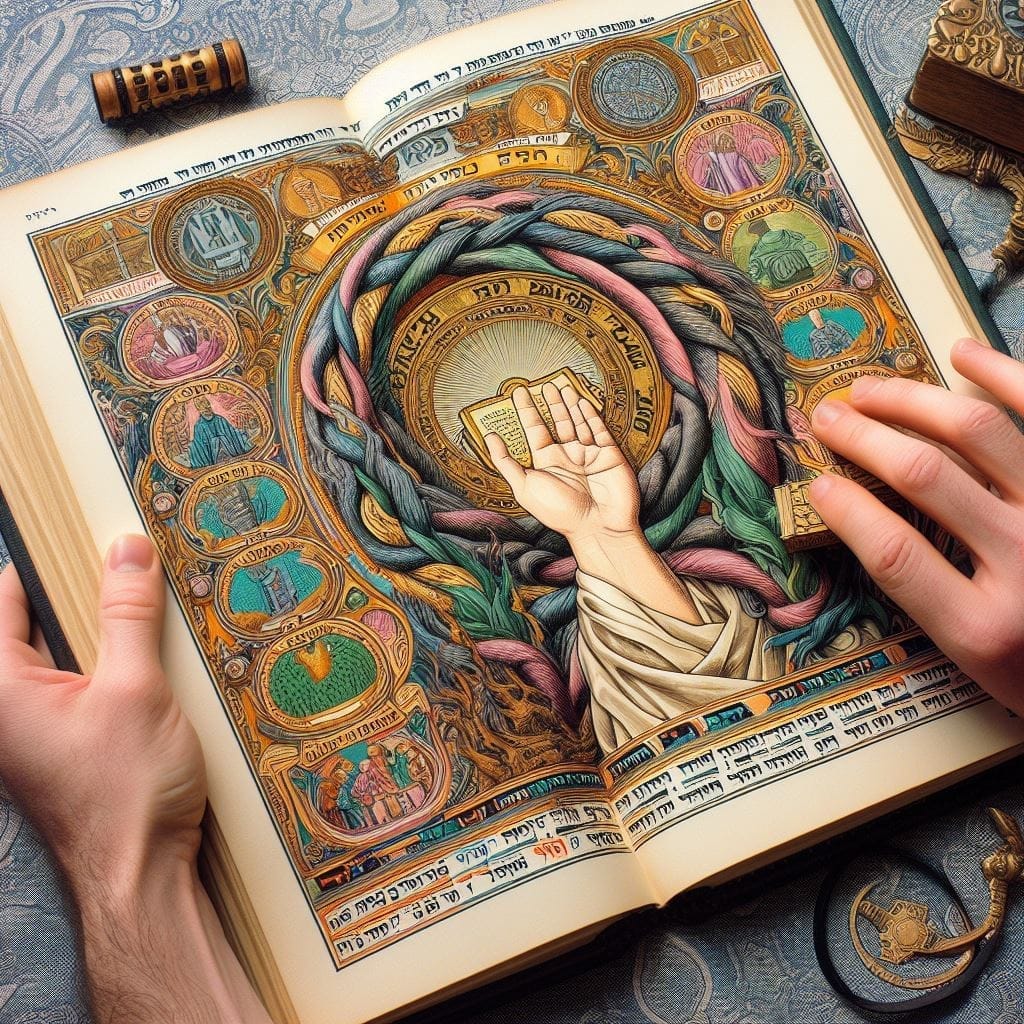
Part V: Sparks of Good in Christianity
Rambam in Hilchot Melakhim 11:4 writes that Christianity, despite its errors, serves God’s plan by preparing the world for the Messianic age. It spread knowledge of God, the Hebrew Bible, and Torah ethics among the nations.
Indeed, much of the good Christianity has done — hospitals, schools, charity, human rights — comes directly from Torah values. Whatever light the Gospel has, it is borrowed from Torah. The problem lies not in those values, but in Christianity’s distortion of monotheism and its rejection of Torah she-be‘al peh.
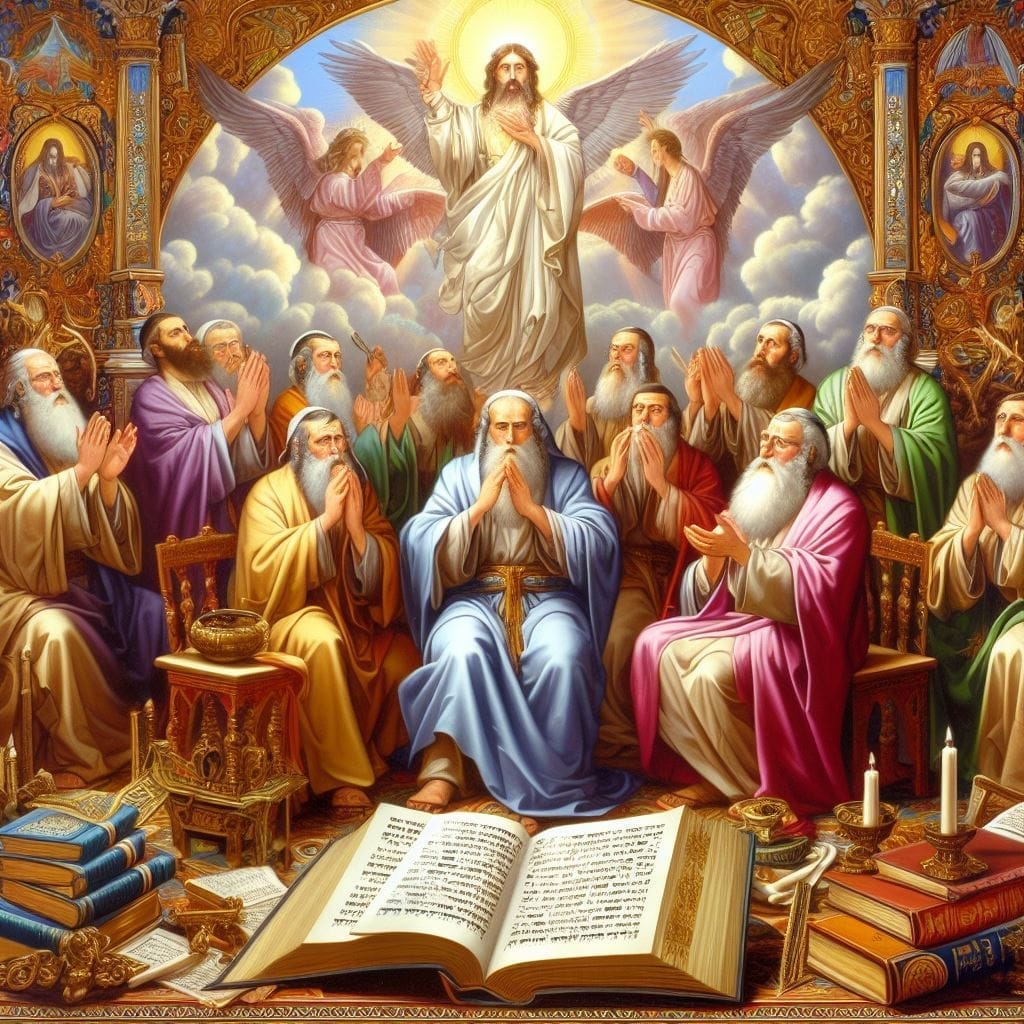
Part VI: The Last Century — Catholic and Orthodox Repentance
The Holocaust was a turning point not only for Jews but for Christians. In its aftermath, both Catholicism and Orthodoxy began to repent.
Vatican II (1965, Nostra Aetate): The Catholic Church declared Jews not guilty of deicide, affirmed the covenant, and condemned antisemitism.
Orthodox patriarchs likewise opened dialogue and renounced persecution.
This represents a kind of teshuvah — an admission that centuries of hostility were wrong. If this continues, we may rightly say that the term minim should no longer apply to Catholic and Orthodox Christians, provided they continue to affirm Israel’s covenant.

Part VII: Conditions for Good Standing
Here lies the heart of the matter. What does it take for Christians to be in good standing before Hashem according to Torah, even without conversion?
Respect the Covenant of Israel
Acknowledge that Torah — both Written and Oral — are true and eternally binding on Israel.
Do not claim that Jews are wrong for keeping halacha.
Do not consign Jews to hell for not following Yeshua.
Borrowed Light Acknowledged
Recognize that Christian ethics are rooted in Torah values.
The good Christianity does is not its own invention, but Torah refracted.
Faith in Yeshua Permissible for Them
Christians may believe in Yeshua within their own framework, but they must not deny Israel’s covenant.
As long as they respect The Torot (both Torahs) for Israel, their standing is secure.
Messianic Jews
A Jew who believes in Yeshua and keeps Torah and halacha is not a min.
If they accept both Torah she-bikhtav (Written) and Torah she-be‘al peh (Oral), they are firmly inside Klal Yisrael.
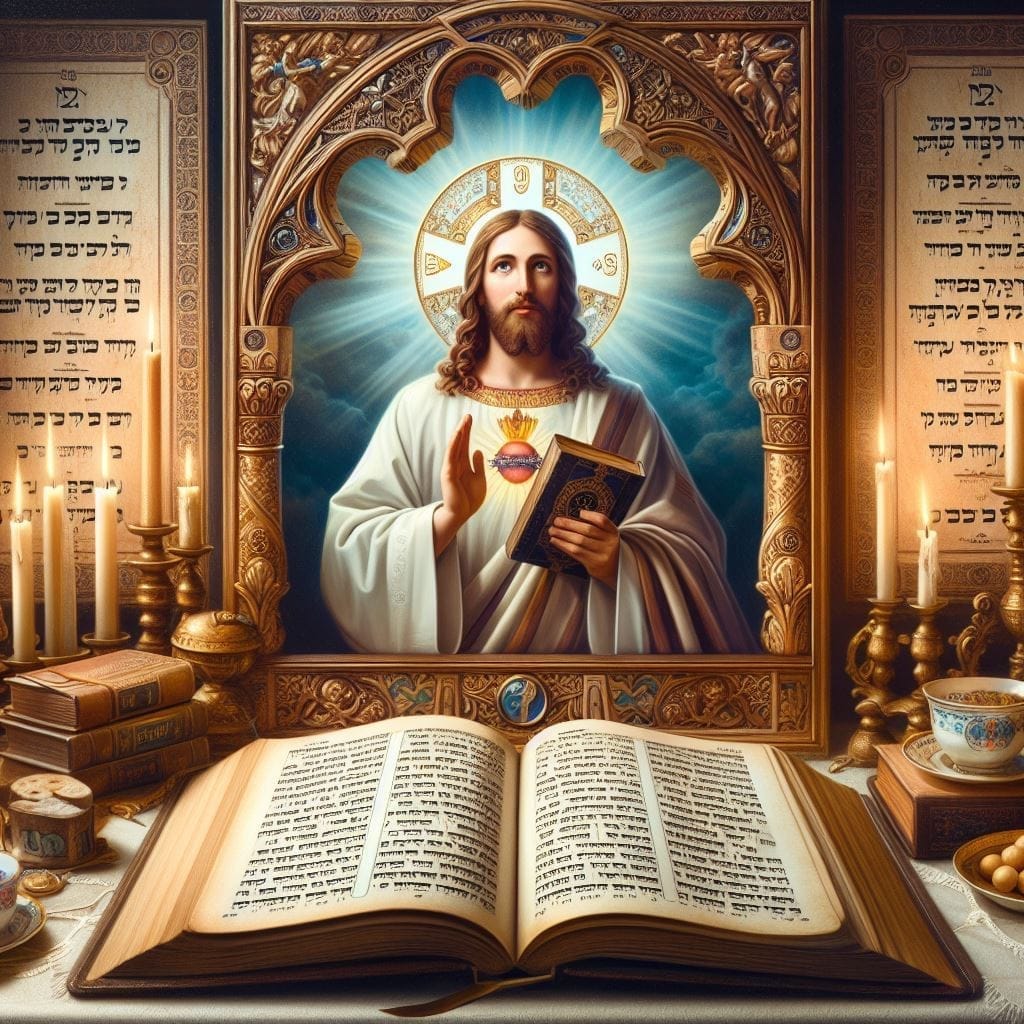
Part VIII: A continuation from above...
The Good Traditional Christianity Does…
When we step back and look at the course of history, it is undeniable that Christianity — despite its complex relationship with Judaism — has carried forth great goodness into the world. Rambam himself wrote that Christianity helps prepare humanity for the Messianic age, by spreading the knowledge of God, of Scripture, and of the hope of redemption. The light it carries is not its own, but the borrowed light of Torah — and yet it shines in remarkable ways.
Carriers of Wholesome Values
Christian societies, at their best, cultivated virtues of kindness, family life, and integrity. These values echo Torah’s eternal teachings and have been preserved in beloved cultural works:
In Ivanhoe, we see the pursuit of justice and honor.
In Little House on the Prairie, we encounter simplicity, gratitude, and the strength of family.
In Anne of Green Gables, the beauty of imagination, joy, and friendship shines brightly.
In Dickens, we hear the call to mercy, compassion, and care for the poor and downtrodden.
These works, and countless others, testify that Torah’s voice has echoed in the nations through Christian culture — shaping hearts, families, and entire civilizations with goodness.
A Spirit of Love and Peace
The words often sung at Christmastime — “Glory to God in the highest, and peace and goodwill to all men” — resonate far beyond their setting. They remind us of the Torah’s universal promise: that the knowledge of God will one day fill the earth as the waters cover the sea. The Christian call to peace, love, and goodwill reflects Israel’s mission to bring blessing to all nations.
Goodness as Partnership with Heaven
When Christians build hospitals, feed the hungry, care for orphans, and promote education, they fulfill Torah’s vision of chesed (kindness) and tzedakah (justice). Their acts of goodness are part of God’s great plan, a partnership between heaven and earth to bring healing to the world.
A Shared Yearning for Redemption
At its best, Christianity reflects a yearning for the same redemption Jews pray for daily — a world of peace, love, and the knowledge of God. In this, we see not division but a shared aspiration, rooted in Torah and expressed in diverse ways.
In this light, we honor the good Christians do — not as foreign, but as an extension of Torah’s light reaching the nations. Every act of kindness, every word of peace, every song of goodwill is part of Hashem’s design to draw the world closer to redemption.
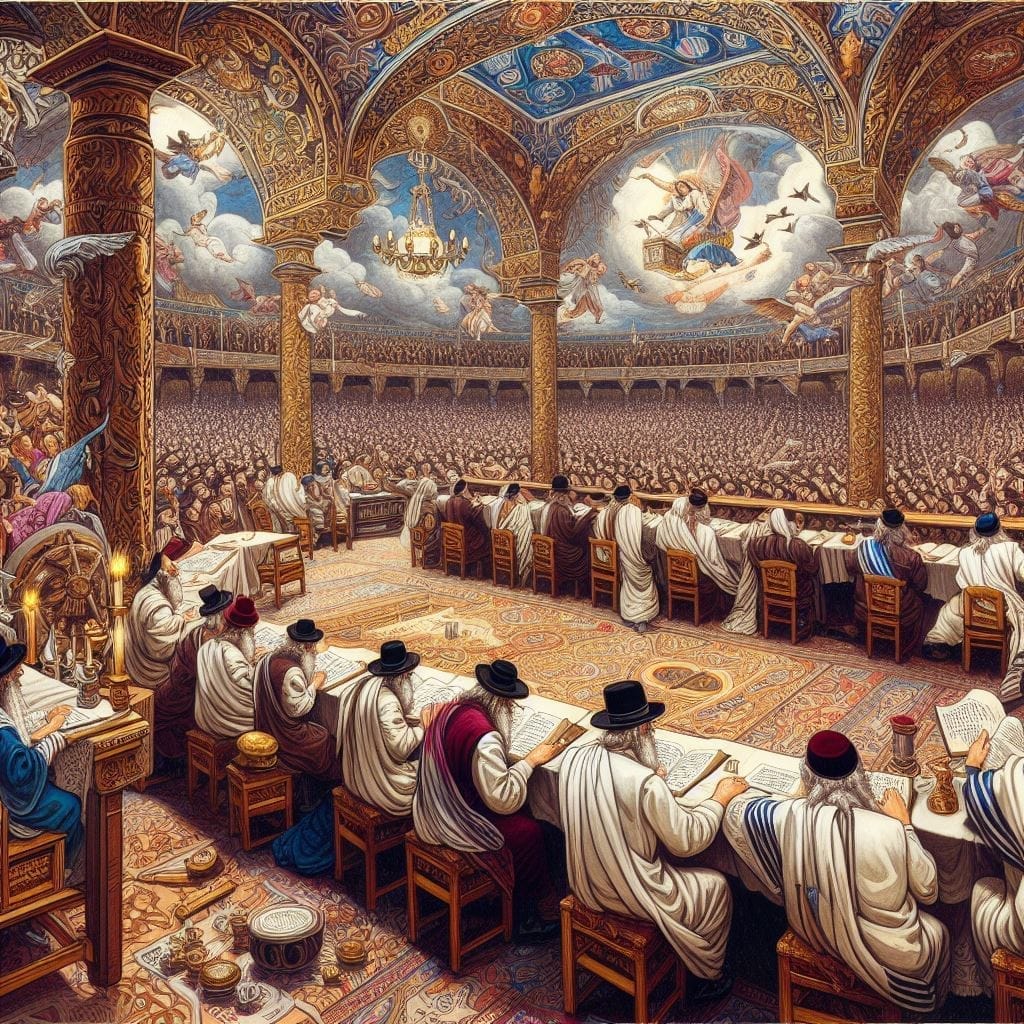
Conclusion: From Minim to Mutual Respect
Originally: Minim meant Sadducees and Boethusians.
After Constantine: Christians became minim when they denied Israel’s covenant and persecuted Jews.
Dark Ages: Catholic and Orthodox hardened into enemies.
Protestants: Not minim at first, but became so through antisemitism, culminating in Nazi Germany.
Last 100 years: Catholics and Orthodox began repentance, moving out of the category. Protestants remain divided.
The way forward is clear. As soon as Christians truly accept that Torah is eternal for Israel, and that Jews are not wrong for keeping halacha, they step out of the shadow of minim. They may keep their beliefs in Yeshua, but by respecting Israel’s covenant, they align themselves with Hashem’s will.
Those who consign Jews to hell, or who deny Israel’s Torah, remain minim. Those who honor Israel’s Torah, whether Catholic, Orthodox, Protestant, or Messianic, stand in good faith before Hashem.
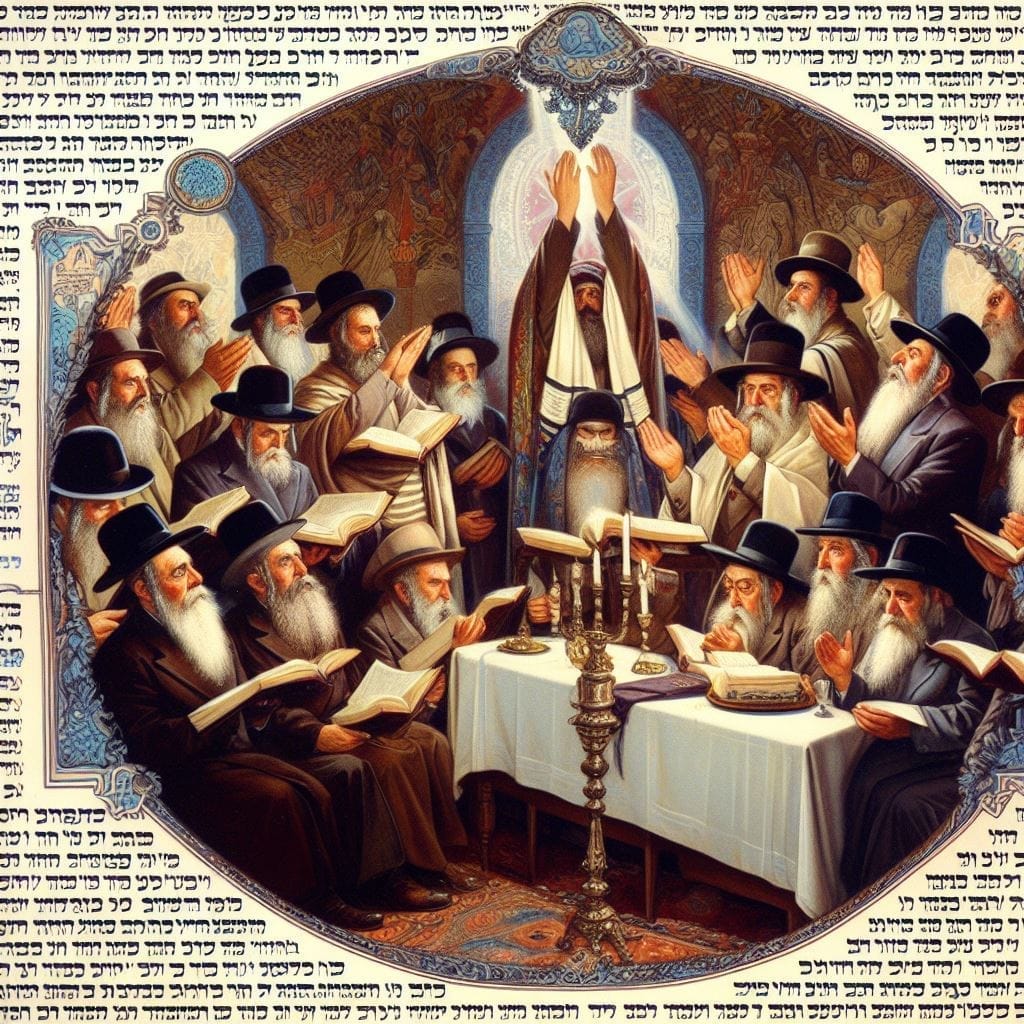
Subscribe now.
Sign up for our newsletter to get the most interesting stories of the day straight to your inbox before everyone else
Created with © systeme.io • Privacy policy • Terms of service


